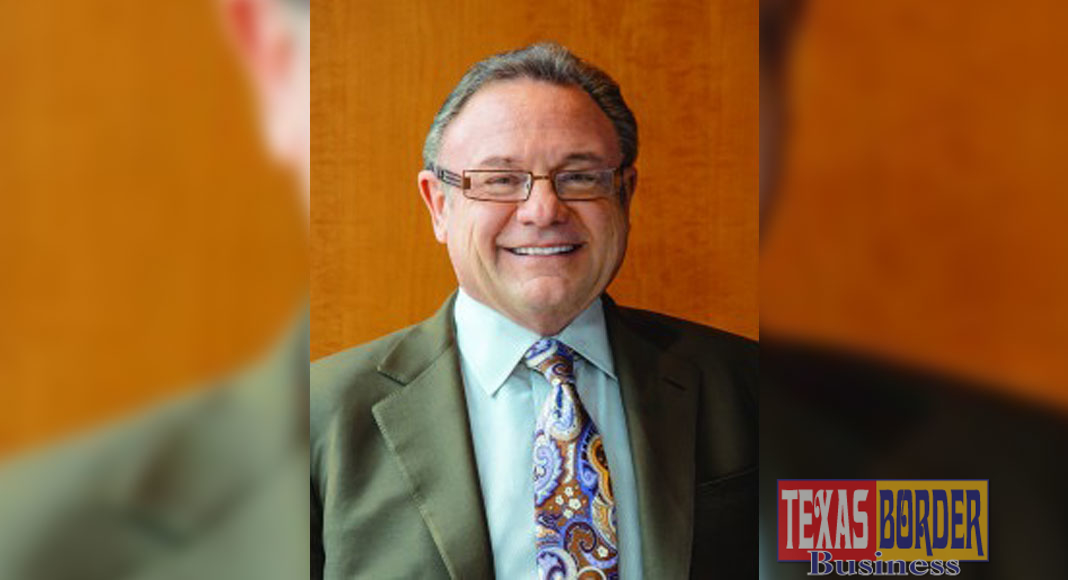
Texas Border Business
By M. Ray Perryman, THE ECONOMIST
One of the most challenging aspects of economics is trying to predict and perhaps modify future performance. It’s particularly difficult when looking out over several decades, but having some idea of future patterns is essential to planning for individuals, businesses, and government entities. This year, two Americans have been awarded the Nobel Prize in Economics (or, more formally, “The Sveriges Riksbank Prize in Economic Sciences in Memory of Alfred Nobel 2018”) for their insights into how we should think about change in looking well beyond the horizon.
Every year, the Royal Swedish Academy of Sciences awards the prize in recognition of ideas and research that increase our understanding of important issues in economics and related areas. This year, William D. Nordhaus of Yale University received the award “for integrating climate change into long-run macroeconomic analysis” and Paul M. Romer of New York University received it “for integrating technological innovations into long-run macroeconomic analysis.”
Selection criteria used by the Royal Swedish Academy of Sciences include originality of the contribution, its scientific and practical importance, and its impact on scientific progress. The effects of the work on society and public policy may also factor into the process. This year, the work of both recipients is helpful in our analysis of future patterns as well as how to achieve long-term, sustainable growth.
Dr. Nordhaus was the first to create a model of the interaction between the economy and the climate on a global scale. His integrated assessment model includes elements of economics as well as physics and chemistry. Understanding this relationship is essential to understanding how the climate and the economy are integrated and, thus, how policy can best be crafted to protect the environment given economic realities.
Dr. Romer’s contributions focus on innovation and technological change. While many had examined the role of innovation in economic growth, Dr. Romer’s work instead looks at how market conditions can stimulate innovation (or not). His ideas helped to launch what we now call endogenous growth theory, the notion that technology advances are often natural consequences of economic patterns rather than bolts of lightning from the outside. The wave of research his concepts set off has helped us better understand how policy decisions and evolving business conditions can either encourage or constrain innovation and, hence, economic growth. As an example, the looming retirement of Baby Boomers helped to create the impetus for robotics and other labor-saving technologies decades ago.
Congratulations to these scholars who have provided insights into how we can best encourage innovation and effectively deal with climate change. By better understanding these relationships and how they change over time, we can increase our prospects for long-term prosperity and quality of life.
______________________________________________________________________
Dr. M. Ray Perryman is President and Chief Executive Officer of The Perryman Group (www.perrymangroup.com). He also serves as Institute Distinguished Professor of Economic Theory and Method at the International Institute for Advanced Studies.













